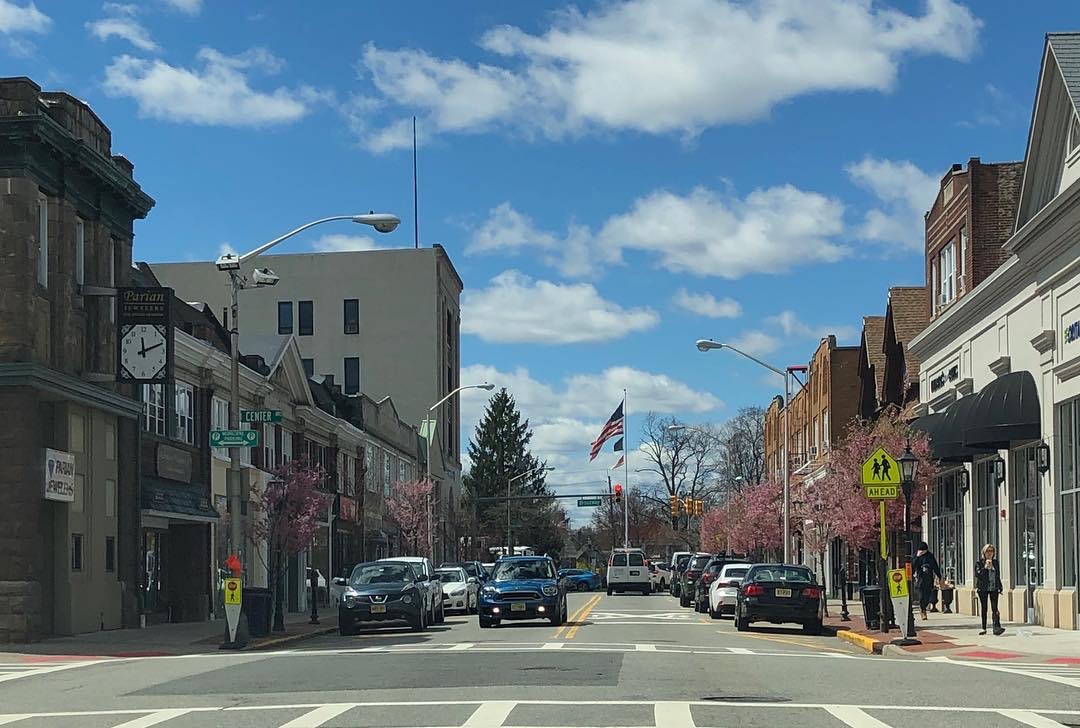
An op-ed by Lauren Letizia,
chair of the Westwood Historic Preservation Commission.
WESTWOOD, N.J.—As municipalities across New Jersey grapple with changing demographics, rising costs of living, environmental challenges, and the decline of brick and mortar retail, the perennial question of how to maintain a community’s individuality despite external pressures becomes increasingly relevant.
Westwood, in particular among its Northern New Jersey and Pascack Valley peers, has long been known for its vibrant downtown. Since the introduction of the railroad in 1870 and through the 21st century as it grew into a charming, family oriented, and unique destination, Westwood claimed its position as the Hub of the Pascack Valley.
But even this hub is not immune to 21st century challenges and increased vacancies. The Westwood Planning Board is now in the midst of routine review of its Master Plan and is exploring ways to make sure Westwood continues to thrive into the future and invites community feedback at its April 11 and 25 meetings at 8 p.m. in Borough Hall. Within the review is a unique role for historic preservation.
Downtown Westwood has always invited visitors and residents alike to stroll the sidewalks, pop in and out of shops, and dine at restaurants and cafes.
So long has this friendly, walkable, and human-scaled environment been part of our collective landscape and community culture that Westwood’s buildings often go unnoticed even as their rich architectural detailing, stylistic variation, and connections to local history are precisely what create the authentic sense of place and community.
Our downtown is uniquely valuable because of its historic architecture. The story of our development and community pride is publicly displayed on the facades along Westwood Avenue, Broadway, and the arteries of the Central Business District.
One needs only to look at the way the former Meyer’s Park Hotel was transformed into the Iron Horse or how the bus depot was adapted into Mt. Everest. To look up and see the name engraving atop the Bogert Building and its modern subdivisions or to identify the Victorian homes-turned-offices along the side streets shines a light on the ways in which Westwood has managed to embrace its past while welcoming development opportunities.
How can we ensure that the spirit of Westwood and the historical integrity of its downtown continue to thrive despite changing retail environments? As new developments occur, historic and culturally significant architecture is at risk if values-based preservation is not part of the community’s vision.
That Westwood feels like a quintessential Main Street USA was not happenstance, but instead, a deliberate function of planners, borough leaders, conscientious property owners, and preservationists with the vision to protect our downtown’s historic assets by defining setbacks, limiting building heights, maintaining structures, and allowing for the creation of a Historic Preservation Commission.
Historic preservation serves the community by helping it to identify and incorporate its most valued assets into long-range plans, enabling the community to enjoy a long, successful future. By retaining as much original material as possible, preservation is the utmost sustainable and environmentally conscious form of redevelopment.
Through property owners’ sensitive restorations and creative, adaptive reuses, Westwood will preserve its sought-after local character while promoting commercial and community stability and livability.
How can we come together to keep our downtown vibrant and unique? What do you want to see in your downtown? Write to your Historic Preservation Commission with your ideas about preserving sense of place and community character (historical@westwoodnj.gov).
WHPC holds public meetings the third Thursday of each month at 7:30 p.m. at Westwood Borough Hall.
Note: Pascack Press welcomes letters to the editor of up to 400 words on timely local topics. For consideration in our print and web editions, submit by 5 p.m. on Wednesday to pascackpress@thepressgroup.net. Include your name, phone number, and address for verification. We may at our discretion accept longer pieces for the web. Publication shall not be construed as endorsement.
